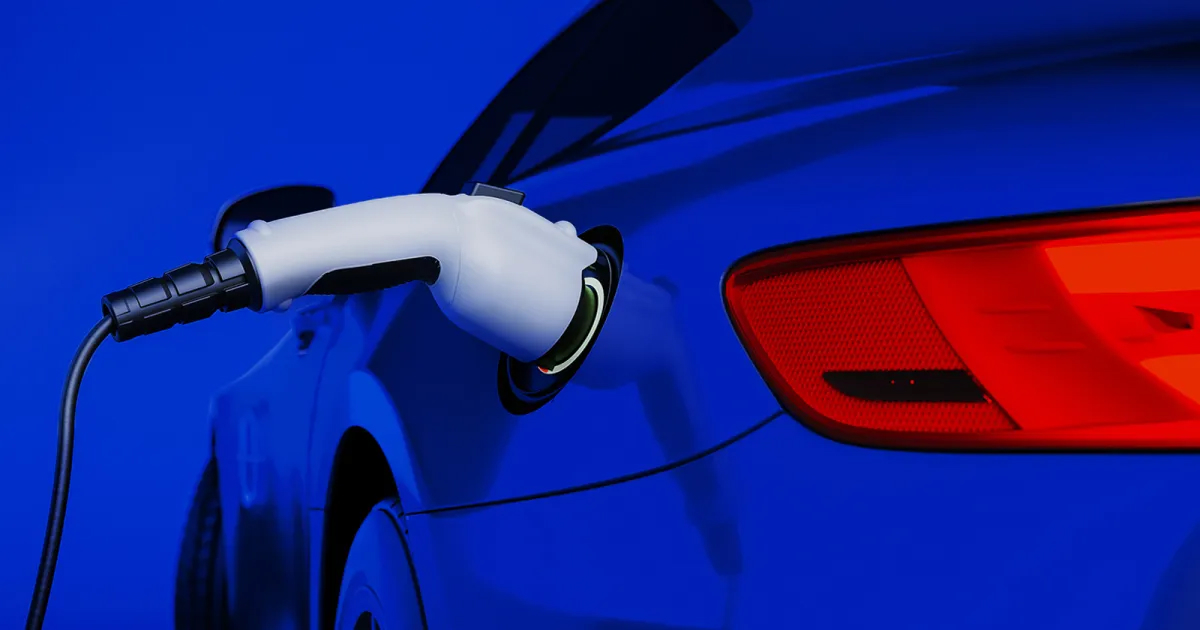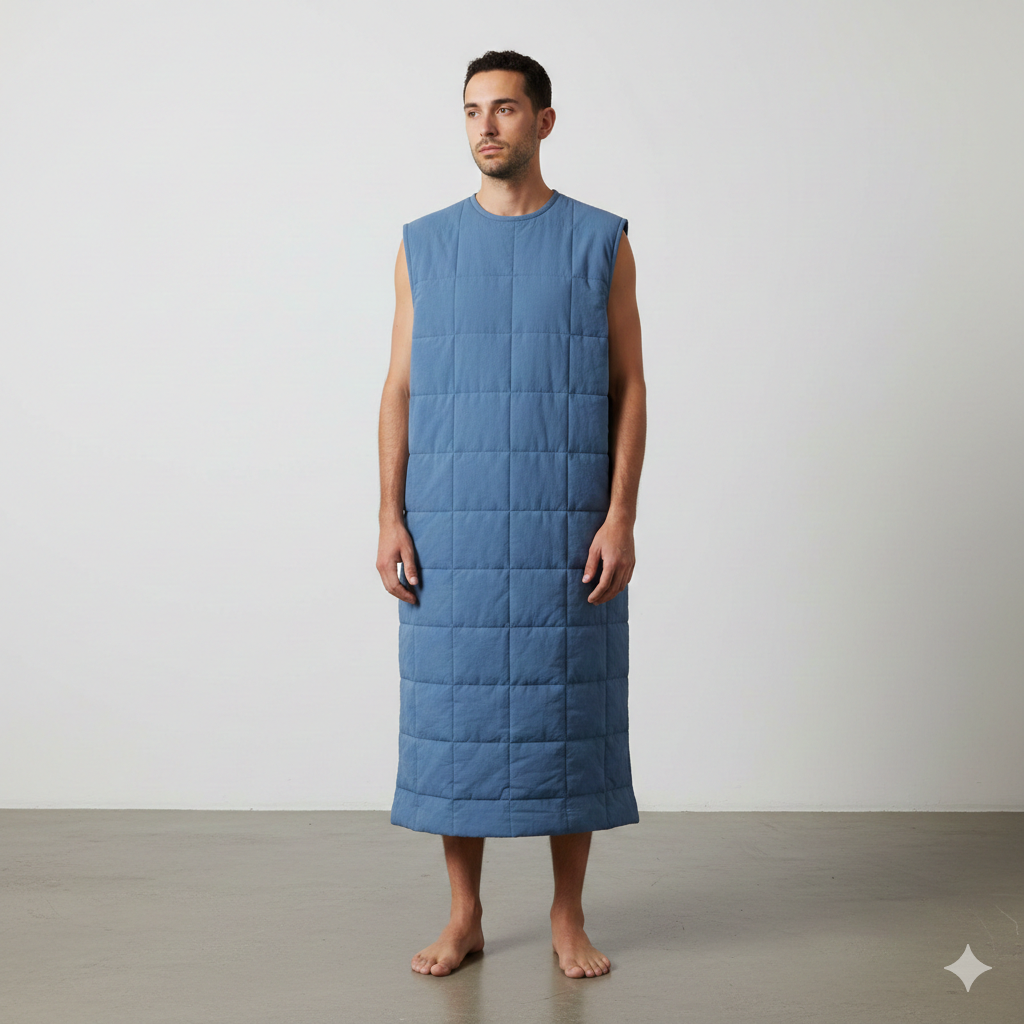Transforming Electric Vehicle Batteries: Breakthrough Binder Boosts Performance by 2x

A new high-performing binder for micro-silicon oxide (SiO)-based electrodes in lithium-ion batteries has been developed by researchers. This binder, called poly(vinylphosphonic acid) (PVPA), has been shown to enhance the overall performance and durability of the batteries compared to traditional methods. This achievement is credited to Noriyoshi Matsumi from the Japan Advanced Institute of Science and Technology (JAIST).
Despite their widespread use in various fields, lithium-ion batteries still require improvements in their binders to enhance performance and meet increasing demands. Silicon oxide (SiO), a promising anode material known for its high capacity and low cost, presents certain challenges such as poor conductivity—which leads to slower charging rates—and significant expansion during charging. As a result, effective binders are crucial to address these issues and to ensure improved performance and durability of lithium-ion battery systems.
A recent study published on February 8, 2024, in the journal ACS Applied Energy Materials, led by Professor Noriyoshi Matsumi from JAIST along with Noriyuki Takamori, Rajashekar Badam, Dr. Tejkiran Pindi Jayakumar, and researchers from Maruzen Petrochemical Company Ltd., investigated the use of PVPA as a binder for micro-SiO electrodes. The researchers' work resulted in superior performance compared to conventional cells.
Prof. Matsumi states that, “The PVPA binder offers a promising solution for extending the life of high-performing lithium-ion secondary batteries. This is particularly the case for electric vehicles, where there's a strong interest in ensuring that lithium-ion secondary batteries have a long lifespan. PVPA provides a better alternative to commercially available binders like poly(acrylic acid) (PAA) and poly(vinylidene fluoride) (PVDF).”
The research team conducted a study that involved the creation of electrodes using PVPA, PAA, and PVDF binders. The performance of these binders was assessed through electrochemical experiments and density functional theory. PVPA was found to have significantly stronger adhesion (3.44 N/m) to a copper support than PAA (2.03 N/m), leading to greatly improved durability in lithium-ion batteries.
The researchers also discovered that a PVPA-based cell delivered almost double the discharging capacity of a PAA-based cell after 200 cycles. Additionally, the PVPA-based half-cell managed to achieve 1300 mAhg-1SiO after the same number of cycles. The use of PVPA also resulted in the stabilization of the SiO-based anode, preventing exfoliation even with significant volume expansion.
In a notable development, the study's partner, Maruzen Petrochemical Company Ltd., has started an industrial production process for PVPA. Ongoing collaboration with this company and JAIST could bring the innovative binder closer to practical applications. Patents for this technology have been submitted in Japan and internationally, jointly by JAIST and Maruzen Petrochemical Company Ltd.
According to Prof. Matsumi, “This industrially viable, high-performing binder will contribute to the development of highly durable and high-energy-density batteries. This will enable the wider adoption of electric vehicles (EVs) without concerns about performance differentiation over a long period. The materials could also be applicable to various electric vehicles, such as trains, ships, and aircraft, in the future."
In summary, a new functional binder has been developed using poly(vinylphosphonic acid) for SiO-based anodes in lithium-ion batteries. This affordable binder enhances performance versus traditional options, representing a noteworthy breakthrough for micro-SiO-based applications in electric vehicles and other formats.
The reference for this study is: “Facile Stabilization of Microsilicon Oxide Based Li-Ion Battery Anode Using Poly(vinylphosphonic acid)” by Noriyuki Takamori, Tadashi Yamazaki, Takuro Furukawa, Tejkiran Pindi Jayakumar, Rajashekar Badam and Noriyoshi Matsumi, published on February 8, 2024, in ACS Applied Energy Materials.
This research was supported by JST SPRING, under Grant Number JPMJSP2102.




